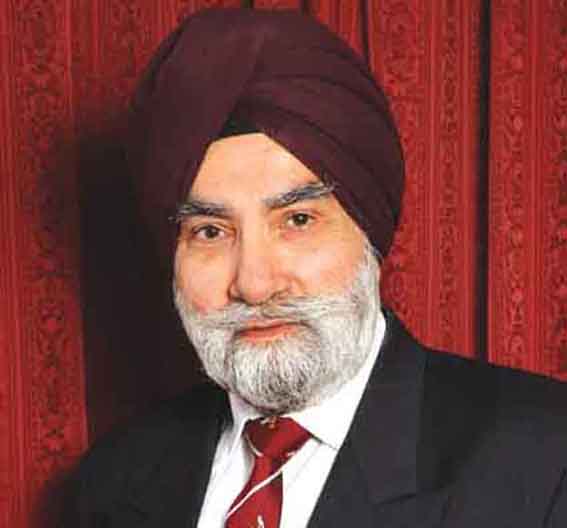Defining Boundaries of Sikhi Activism

Sewa in this world earns a place of honour in the next
(SGGS Ang 26)
Sikhi activism, included in the Sikhi concept of non-discriminatory sewa**, is guided by Gurbani, Guru lives, Khalsa history and the Sikh Reht Maryada. Today, we find that much of what Guru Nanak Sahib preached about sharing, equality, human rights and freedoms, is universally accepted through United Nations Charter, Declarations, Covenants, and international and national laws. So, it can be said that almost all forms of Sikhi-based activism today is sanctioned by the UN, international and national laws of secular democratic countries.
The above needs mention because there is a trend to limit Sikhi activism to certain types of activities only. Sikh Indians are particularly sensitive to Sikh demands and demonstrations abroad as reported rather sensationally by the Indian media. Often, we hear the charge that a small minority of diaspora Sikhs are doing damage to the global Sikh image. That it is none of their business to take to the streets and protest about issues in Panjab. That they should be concerned only with the affairs of the countries they live in. There is an expectation that Sikh leadership and community mentors abroad should condemn and control such fringe elements. Yet it hardly needs a reminder that the Indian independence movement was led by the Sikhs living abroad.
Some give sensible advice that Sikhs should do well and excel in diverse fields. They should promote Sikh ideology and identity through globally acknowledged Sikhi sewa. They should distribute Langar and medicines.
However, Sikh activism abroad about Panjab issues needs more objective treatment by Sikh Indians genuinely concerned about their own future. Having spent most of my life abroad since 1947, I am not aware that there was much Sikh political activism in diaspora countries before 1984. Pre-1984 articles in monthly publications like the Sikh Review published in Kolkata since 1953 continually reminded us that, to quote an article heading: In the Republic of India Sikh Case Still a Running Sore (SR September 1973). A 1983 paper by a mixed group of scholars &ndash Hindu-Sikh Conflict in Punjab, Causes and Cure &ndash listed Sikh grievance as evidenced by leading Sikhs and some prominent non-Sikhs in India. Sikh activism outside gurdwaras in diaspora countries was mostly limited to local and own national issues.
Sikh Indians do need reminding that it was the earlier events in Panjab and not abroad, which led to 1984 Ghallughara (genocide). Sikhs living abroad had nothing to do with June and November 1984 and the extra-judicial Sikh killings in the years that followed when the rule of law in Panjab became a bit of a joke. That post-1984 decade destabilised Panjab. The state has not recovered from those traumatic events as yet. Massive Sikh migrations to other parts of India and Western countries started due to unresolved grievances up to and after 1984. The heavy baggage of these grievances goes wherever the Sikhs from Panjab migrate to.
So,the root causes of global Sikh political activism go back to law and order situation in Panjab, farming issues, river waters, language and environmental etc problems.
Sikhi activism boundaries will be decided by Sikh ideology and history. Legal boundaries will continue to be decided through national and international lawyers. Sikhi activism is likely to continue according to Sikhi ideology and tradition.
(** Original Sikhi word-concepts should be globally popularised.)
Gurmukh Singh OBE
Principal Civil Servant retd (UK)